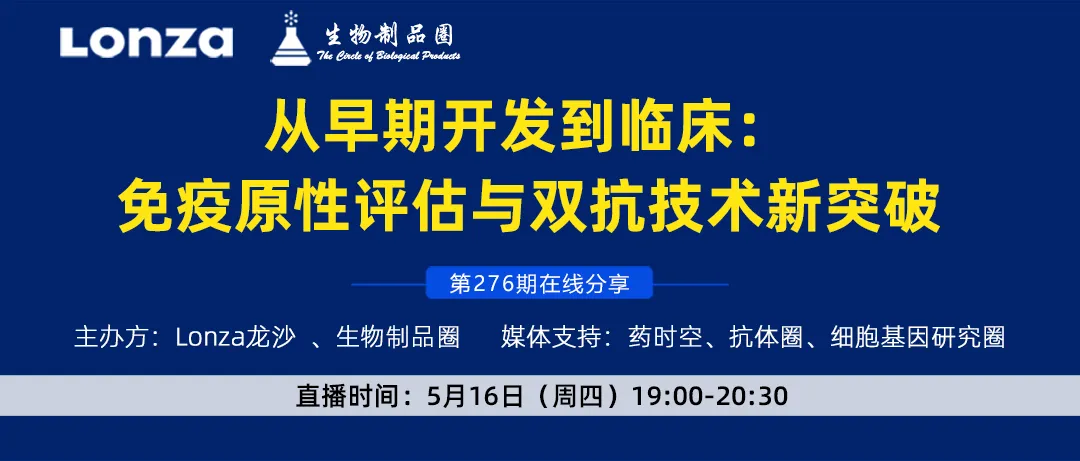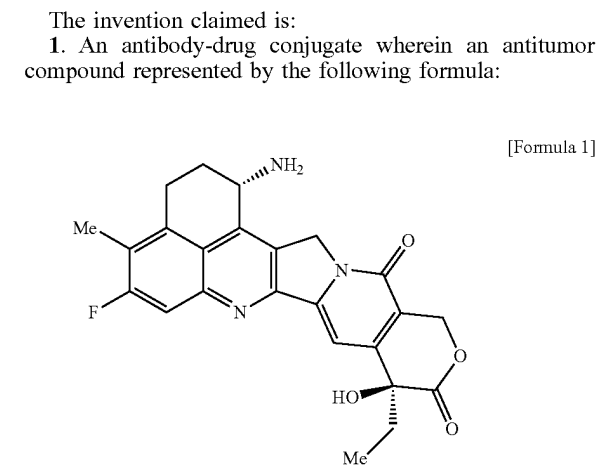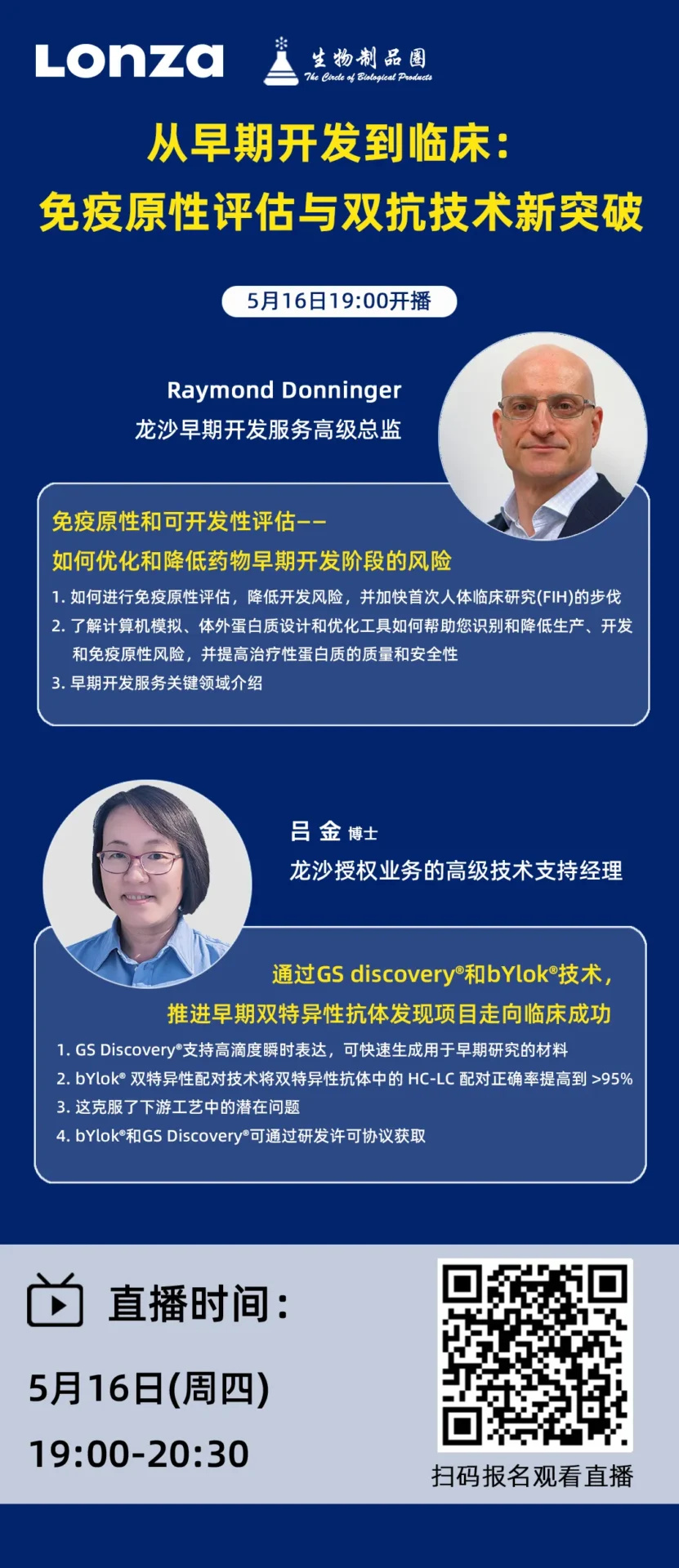
Known as magic bullets, ADCs have been highly praised in recent years. The design concept of these drugs is clear: to utilize the high specificity of antigen-antibody binding to selectively deliver toxins to antigen-positive cells, thereby selectively killing target cells and reducing damage to normal cells. However, like other drugs, the actual performance of ADCs on the battlefield may not completely align with the original design concept.
With the emergence of more and more data, the true working mechanisms of successful ADCs are becoming clearer. They represent a highly complex class of drugs, so no single study can fully describe the mechanisms of ADCs. Just like the story of the blind men and the elephant, we need to integrate many research findings to obtain a relatively complete picture.
In this article, I will summarize some important recent data points, allowing readers to connect these points and observe what kind of anticancer drugs are being seen.










